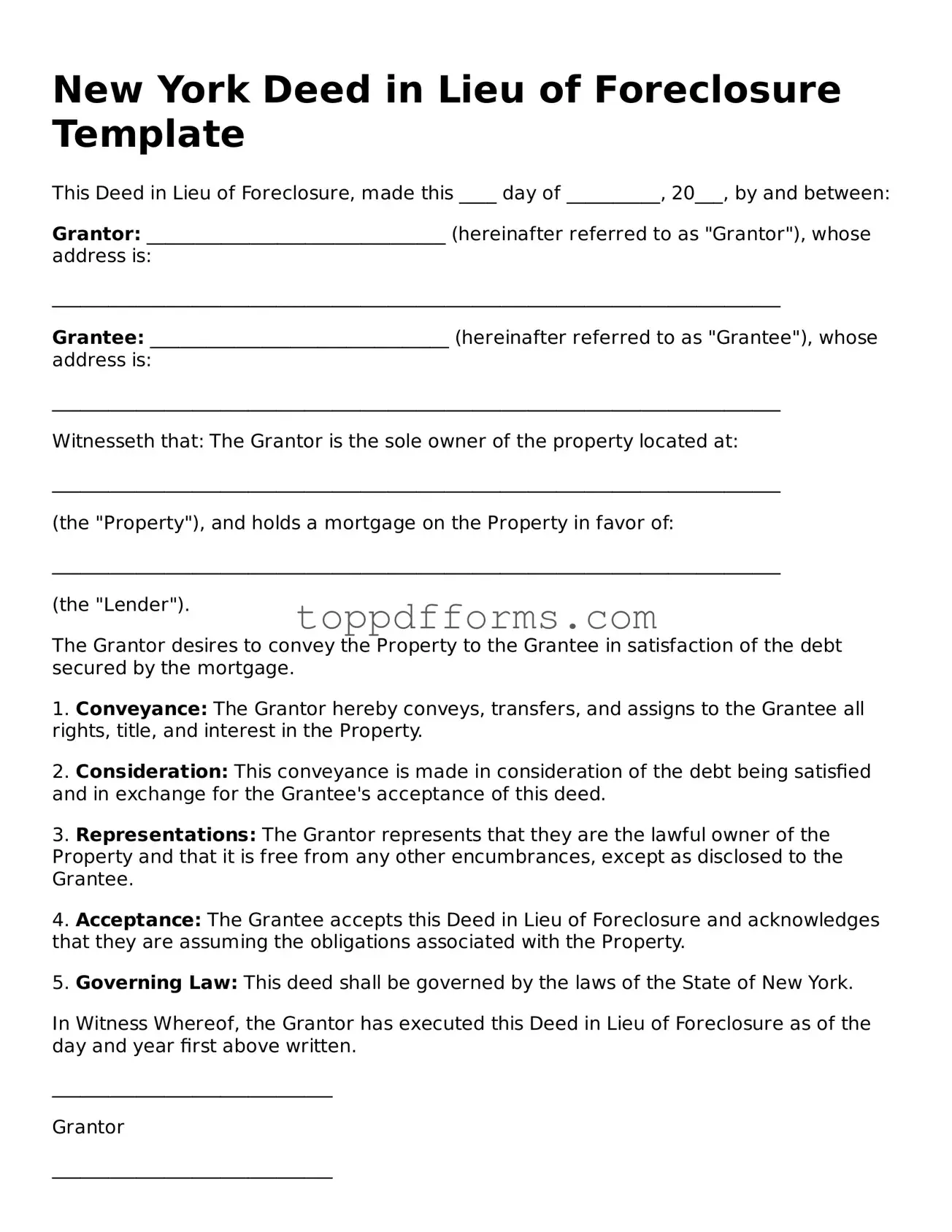What is a Deed in Lieu of Foreclosure?
A Deed in Lieu of Foreclosure is a legal document that allows a homeowner to voluntarily transfer ownership of their property to the lender in order to avoid the foreclosure process. This option is often considered when a homeowner is struggling to keep up with mortgage payments and wants to minimize the impact on their credit score. By agreeing to this arrangement, the lender typically agrees to release the homeowner from the mortgage obligation, thus providing a more amicable resolution to a difficult financial situation.
What are the benefits of opting for a Deed in Lieu of Foreclosure?
Choosing a Deed in Lieu of Foreclosure can offer several advantages. First, it can help you avoid the lengthy and stressful foreclosure process. This can save you time, money, and emotional distress. Additionally, it may have a less severe impact on your credit score compared to a foreclosure. Many lenders also provide financial assistance or relocation benefits to help you transition after the deed is transferred. Furthermore, it can provide a fresh start, allowing you to move on from the burdens of an unaffordable mortgage.
What are the potential downsides of a Deed in Lieu of Foreclosure?
While there are benefits, there are also potential downsides to consider. One significant concern is that a Deed in Lieu of Foreclosure may still negatively impact your credit score, though typically less than a foreclosure. Additionally, not all lenders accept this option, and some may require you to prove that you have exhausted all other alternatives. There may also be tax implications, as the IRS could view the forgiven debt as taxable income. It’s important to consult with a financial advisor or tax professional to fully understand the ramifications.
How do I initiate the process for a Deed in Lieu of Foreclosure?
To start the process, you should first contact your lender and express your interest in a Deed in Lieu of Foreclosure. They will likely require you to provide documentation regarding your financial situation, including income, expenses, and any other relevant information. After reviewing your situation, the lender may conduct an appraisal of the property. If they agree to the deed transfer, you will need to sign the necessary paperwork, and the lender will typically take care of the rest. Remember, it’s wise to seek legal advice to ensure you understand all aspects of the agreement before proceeding.
